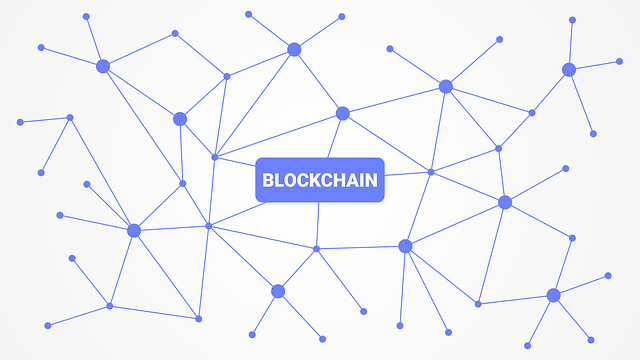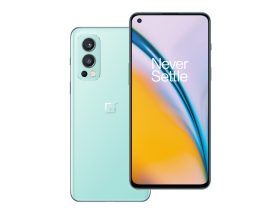No products in the cart.

A Blockchain is a journal that is almost impossible to fake.
Hash function
Let’s imagine that ten people in a room decided to make a separate coin. They have to track the flow of funds, and one person – let’s call him Bob – decided to keep a list of all stocks in a journal:
Blockchain technology explained
One man – let’s call him Jack – decided to steal money. To hide this, he changed the journal entries:
Blockchain technology explained
Bob noticed that someone had interfered with his diary. He decided to prevent this from happening.
He found a Hash function program that converts the text to a set of numbers and letters like in the table below.
Bitcoin Hash
A hash is a string of numbers and letters produced by hash functions. A hash function is a mathematical function that takes a variable number of characters and converts it to a string with a fixed number of characters. Even a tiny change in a string creates an entirely new hash.
After each record, he inserted a hash. The new diary was as follows:
Blockchain technology explained
Jack decided to change the tickets again. In the evening, he hit the newspaper, changed the record, and generated a new hash.
Blockchain technology explained
Cryptocurrencies can have their blockchain or use another platform, but they must register all their transactions in one of them to function legitimately.
This blockchain can become “decentralized” thanks to a network of nodes (computers) distributed (by different sites) and a consensus algorithm to validate the data, as well as public-key cryptography to open new “accounts” or, better said, wallets. . You can find out more about the technical stuff here. But we can mention that the consensus algorithm with the automatic rules that the entire network agrees to validate transactions or data.
Likewise, we can remember that there are two fundamental types of blockchain: private (permissioned) and public (permissionless). We can also call them with permissions and without permissions. In many cases, the former is developed by generally private entities for internal use, and their users need permissions from the network administrators to interact with the protocol. This is the type of blockchain that banks are testing: they are centralized, controlled by the entity, and not by users.
On the contrary, there are no restrictions to be able to carry out transactions, create new blocks and use any of its functionalities, so that coins or digital assets native to the network are offered as a reward to users who want to maintain it. It tends towards decentralization, just like in Bitcoin.
Blockchain applications
Although this is a young technology, all its possible applications have not yet been discovered or developed sufficiently. However, there are a certain number of pretty regular uses.
- Cryptocurrencies: its primary function in this field is to record the values transferred between individuals and validated by the nodes and miners, usually unalterable. Many cryptocurrencies have developed their blockchains (cryptographic ledger), such as SolarCoin and Zcash. On the other hand, others prefer to rely on the already mature structure of Bitcoin or Ethereum and are built on its platforms, such as Counterparty’s digital assets and the almost infinite Ethereum tokens.
Coins-Alternative-Crypto-Assets-Bitcoin
Bitcoin and some of the most recognized altcoins. Source: Wit / stock.adobe.com - Payment systems: many networks associated with blockchains have qualities such as instant data distribution, security, and, in addition, the privacy offered to users when making transactions. For this reason, many companies, primarily banks and financial institutions, have taken this type of accounting book to build their platforms that allow faster verification and greater transparency between the parties. An excellent example of this is Ripple, which even offers its services to different companies.
- Document registry: a blockchain is an extensive registry that many parties can access from anywhere in the world. And you can record not only money but virtually anything that can be represented with a transaction.
For this reason, it is already being used to register and verify the authenticity of all kinds of documents, from university degrees and marriage certificates to medical records, an area that, by the way, has received a lot of attention since it would allow hospitals, insurers, and lenders to join in a single platform, which would exponentially accelerate the sanitary process. An entire conference on blockchain in health has already been held, while the Stampery platform already allows this registration type.
- Supply chain: knowing exactly where things come from is always a problem, but a registry like the one provided by a blockchain can make matters much more accessible. With this technology, it is possible to mark almost any object with a unique fingerprint that will follow its entire life cycle from the beginning. Thanks to this quality, it is perfect for use in the complex supply chain, something that Provenance has already proven when implementing this structure to prevent illegal fishing, or Walmart, which uses it to ensure food safety. Along the same lines is the giant IBM, which is working (among many other things) to solve the last mile problem.
Supply chain in the transportation industry. - Smart contracts and decentralized applications (Dapps): on a blockchain, you can also create smart contracts, that is, automated digital agreements in which again the need to trust third parties for compliance is eliminated.
The terms are established in principle at the convenience of the parties, and later they have fulfilled thanks to the code as a scheduled task. In turn, these open up an almost infinite range of possibilities that can be translated into decentralized applications: IT functionalities of all kinds that are not controlled by a single party but distributed among many. The most famous example of this is undoubtedly the decentralized platform Ethereum.
- Entertainment: several video games and games of chance have been built on a chain of blocks or relying on a digital asset of its own. The speed, transparency, and, above all, the rewards are assured. In this area, we have Spell of Genesis, a card game; Lightning, in the Fornite style but using the Lightning Network; and the popular CryptoKitties, which are collectible digital kittens.
What’s your reaction?
Love0
Sad0
Happy0
Sleepy0
Angry0
Dead0
Wink0







